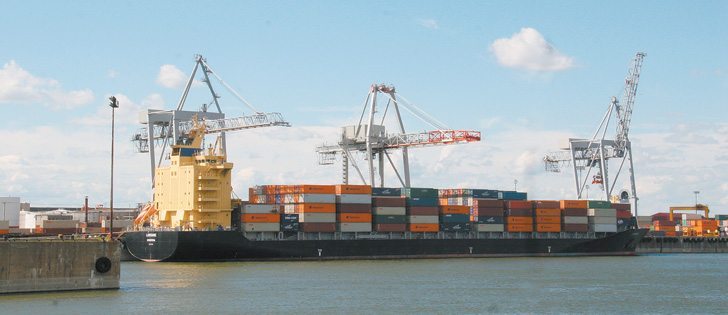On Dec. 16, the federal government passed a law that redistributed how House of Commons seats are divvied up.
Since rural affairs and agricultural experts have struggled for years over how to increase the profile of rural issues in key decision-making circles, it raised more than few eyebrows when during debates over the bill, MPs and academics repeatedly pointed out how rural Canadians are over-represented in federal politics.
Although no rural seats were eliminated, the changes in effect reduce the relative weight of rural representation by adding more urban and suburban constituencies.
Read Also

High prices see cow-calf producers rushing to incorporate
Farm accountants are reporting a steady stream of cow-calf producers rushing to get their operations incorporated ahead of selling their calves this fall.
Today there are still many politicians and government officials who continue to perceive agriculture as an old economy trade, rather than giving it its due respect.
Agriculture has gained more of the spotlight lately due mainly to the sector’s good fortune in avoiding the economic slowdown that is dragging down other areas of the worldwide economy, but its history is much greater than that. It has long served as a key driver of economic prosperity.
Yet when is the last time rural concerns have become major election issues?
According to Agriculture Canada, Canada exported $35 billion worth of agricultural goods in 2009. The agriculture and agri-food sectors combined accounted for one in eight jobs in Canada and 8.2 percent of the national gross domestic product that year.
Primary agriculture might have accounted for only 1.7 percent of GDP, but it is at the critical point of the food supply chain upon which other food sectors depend.
Agriculture also provides a boost to the high tech sectors and involves GPS, satellite mapping, genetics, chemistry, biotechnology, and cutting edge machinery.
Rural interests deserve prominent positions at the table when policy and funding discussions come to bear on a wide range of issues from university research to weather forecasting to environmental and conservation concerns.
Canada’s parliamentary system was established to recognize the vastness of this country. Rural ridings might represent fewer people than heavily populated urban centres, but they were designed that way out of necessity. No riding can be so large that its MP is rendered ineffective.
Modern communication methods have eased some of the pressures of managing large ridings, but they are not fix-alls.
How many of us would vote for candidates because we received regular e-mails or faxes from their offices? Probably not many.
Candidates and MPs are expected to make public appearances at key events, major announcements and town hall discussions, and be accessible to answer constituents’ questions.
Having to do that in a riding the size of Cypress Hills-Grassland, for example, which encompasses 75,000 sq. kilometres, requires getting up earlier in the morning than would accomplishing the same task in Toronto Centre at 14 sq. km.
Never mind that Toronto Centre has 121,000 people compared to only 60,500 in Cypress. Accessibility is the true litmus test.
In the end, the seat redistribution saw British Columbia and Alberta each get six more seats, Ontario 15 more and Quebec three. Even though rural ridings continue to be less populated than urban constituencies, the weight of rural votes will be diminished with the new alignment.
Before we hear any more talk about rural over-representation, we’d like to see government policies reflect that.
When rural concerns get a fair shake in the halls of power, or when we can say the rural agenda is occupying too much time in Parliament, only then is there a case for taking rural over-representation seriously.














